The title is a short sentence indicating the content of an article, work, etc., and is generally divided into a general title, a subtitle, and a subtitle. The first-level headings, second-level headings and the headings below represent a serial number, and the font sizes are different.
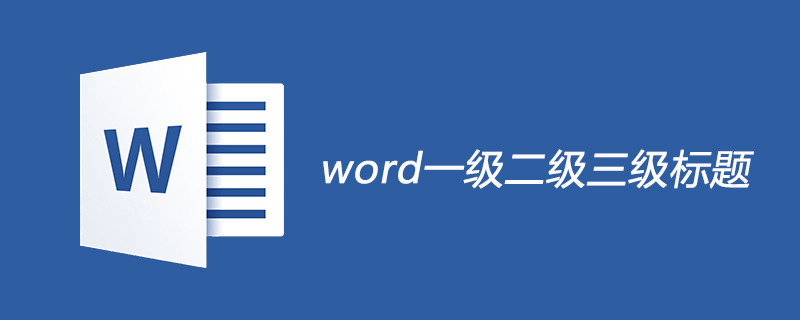
1, First-level title refers to the title with the serial number "1,", which is also the largest title. It is in bold type 4 and is on a separate line. , and no punctuation marks.
2, Second-level title refers to the title with the serial number "(1)", which is generally the same font size as the main text, on a separate line, and without punctuation marks.
3, Third-level title refers to the title with the serial number "1.", which is generally the same size and font as the main text.
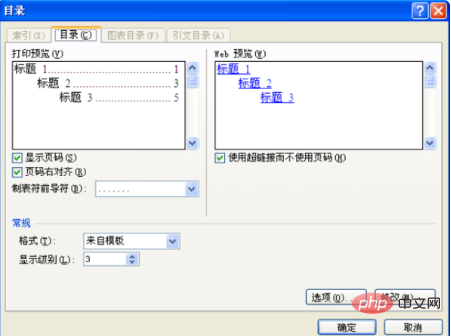
Extended information:
You can automatically generate a table of contents with first, second and third level titles in word according to the following steps .
1. Select the first-level title in the article and click Title 1 in the upper toolbar. The second paragraph selection is set to Title 2, and so on.
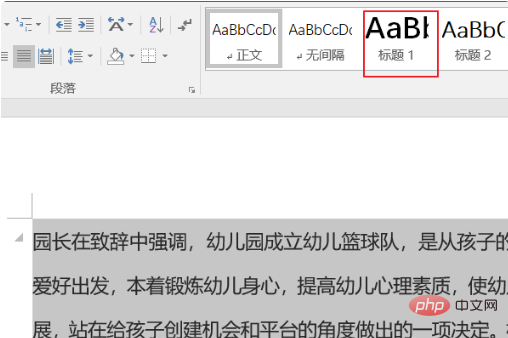
#2. After setting, the text will automatically be sized and bold.
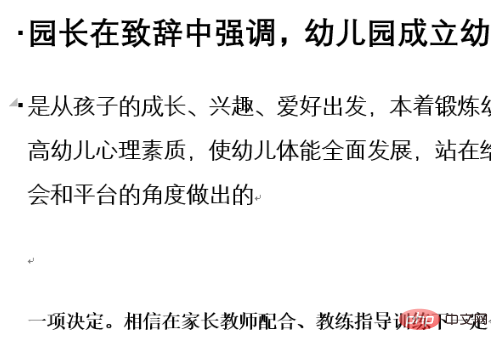
#3. Then click on the upper toolbar to reference the directory below and click Auto Directory.

#4. After clicking, a directory will be automatically generated.
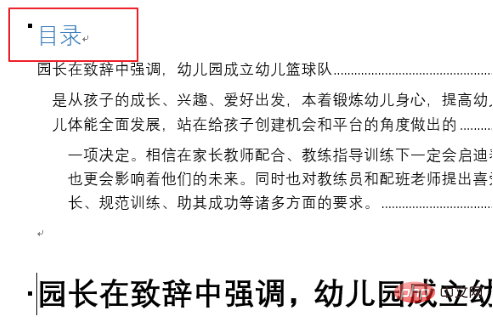
For more Word-related tutorials, please visit the Word Beginner’s Tutorial column!
The above is the detailed content of What do word level one, two, and three headings mean?. For more information, please follow other related articles on the PHP Chinese website!